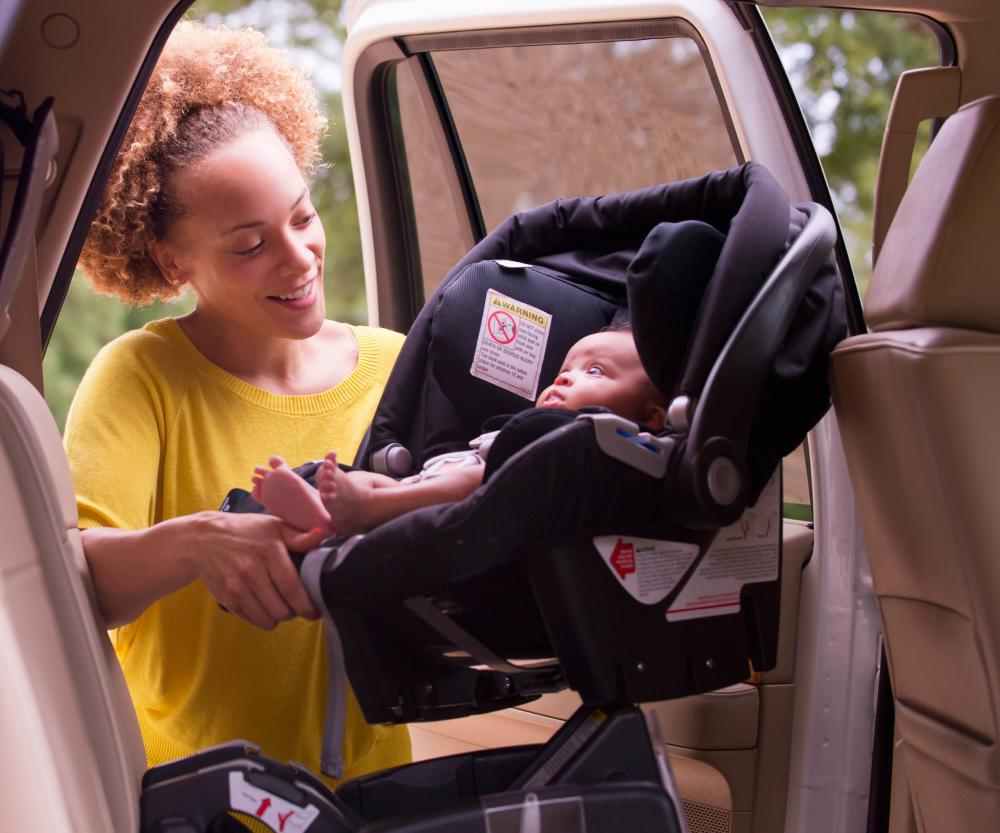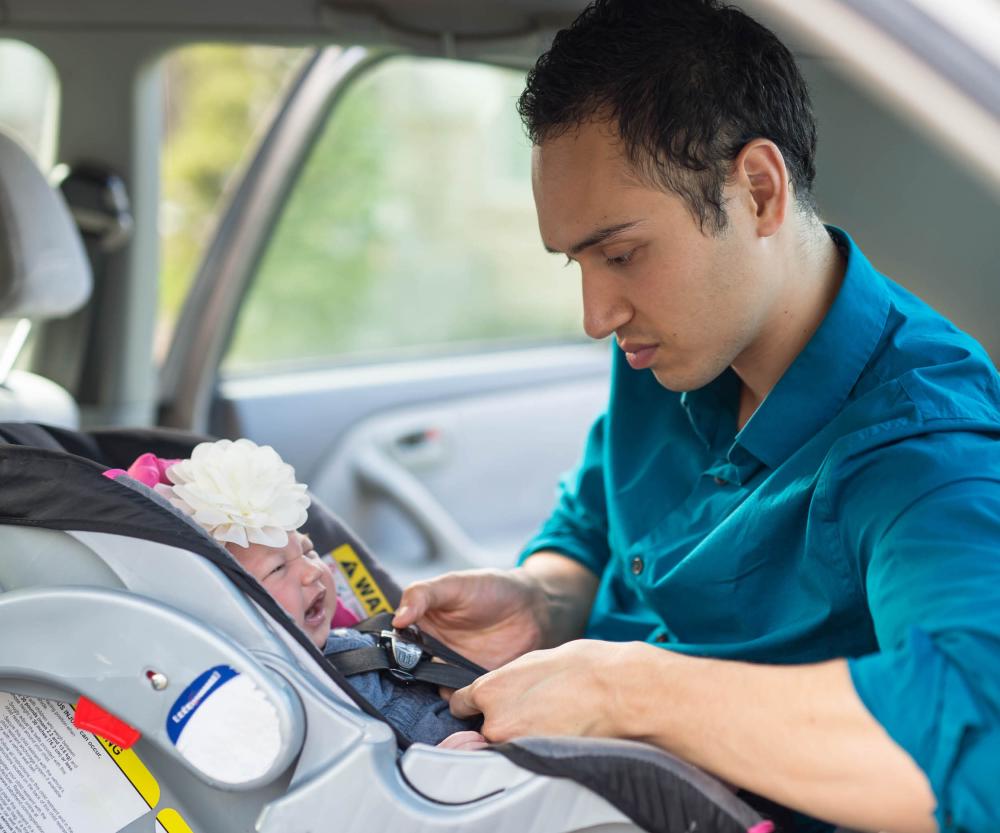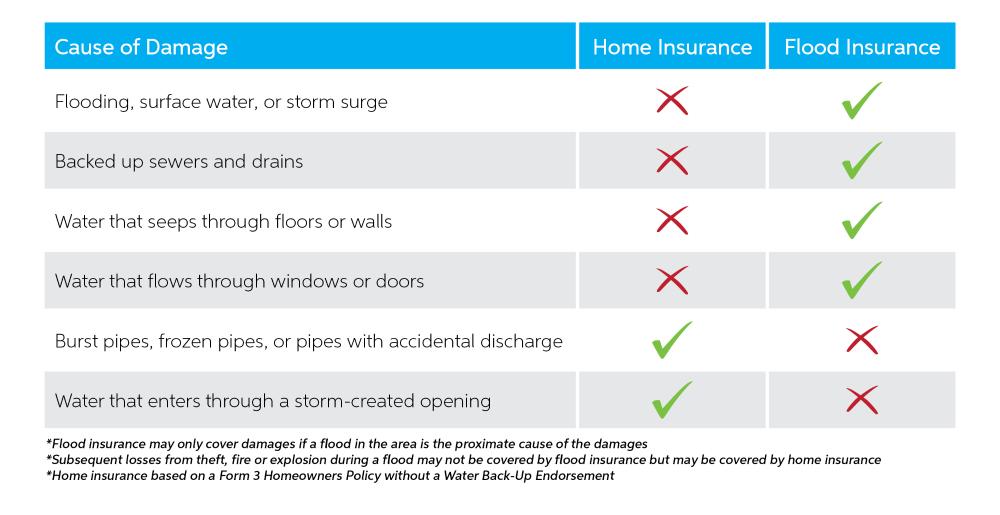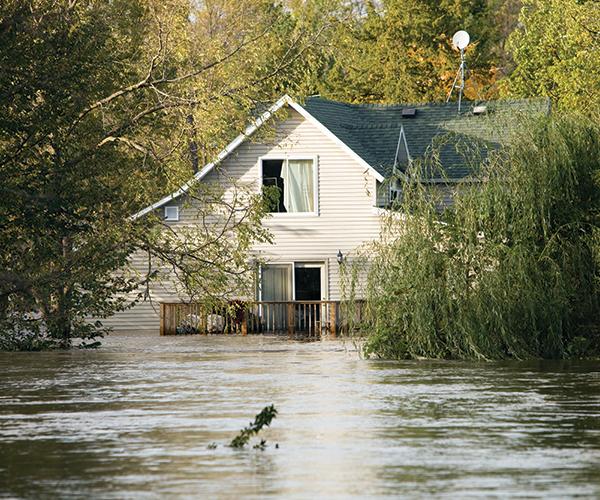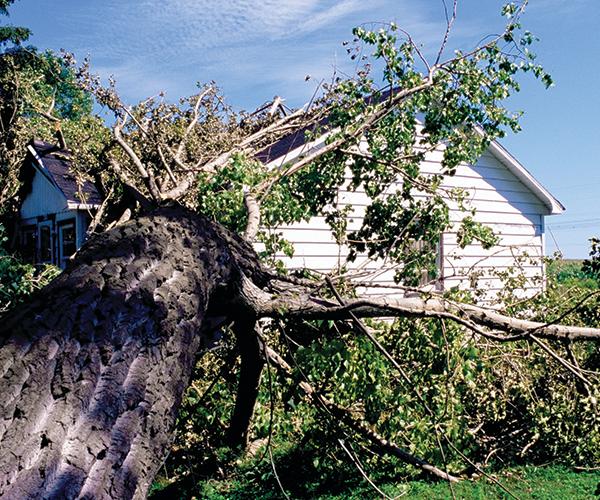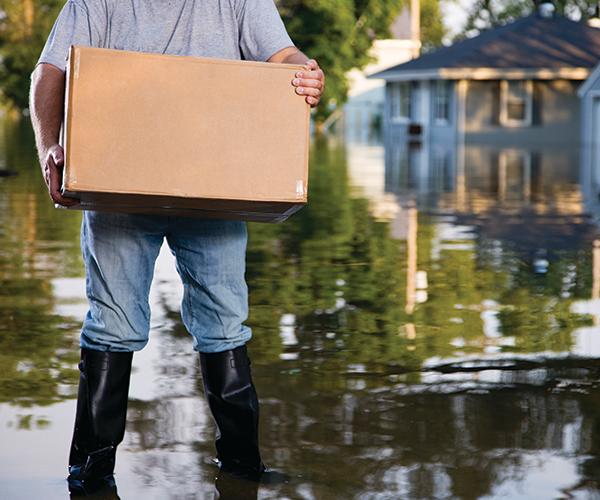Are young drivers more likely to get into accidents caused by cellphone use?
Posted May 03, 2019 BY PSCYCHOLOGY TODAY
Even before the rise of modern telecommunications, distracted driving has always been a major cause of automobile accidents. Usually defined as “shift in driver concentration toward a secondary task, leading to a deviation of attention from driving,” distractions that can have an impact on safe driving are usually divided into three main categories:
- Visual distractions which can cause drivers to take their eyes off the road for any reason. Whether it involves turning your head to look at a passenger or a street sign, reading the name of a song on the audio system display, or checking the cellphone sitting next to you in the car, all it takes is a second of distraction to cause an accident.
- Manual distractions which lead drivers to take their hands off the steering wheel. Adjusting the radio, opening the glove compartment to find some needed item, or picking up a cellphone are all examples of manual distractions.
- Cognitive distractions can occur whenever a driver is no longer focused on the primary task of driving. This can result from drowsiness, being preoccupied by an upcoming meeting, or thinking about what you’re having for dinner.
Whatever the cause of the distraction, the consequences for drivers can be serious. Not only do distracted drivers have reduced reaction times, but they are also less aware of what is around them, including traffic signs, other cars, or pedestrians about to cross in front of them. According to a 2006 research study by the National Highway Traffic Safety Administration, an estimated 78 percent of all crashes and 65 percent of near-crashes in the United States were due to distracted driving. More recent studies showed that one out of every six fatal crashes in the United States could be linked to distracted driving.
You probably won’t be too surprised to learn that cellphone use has become a major contributor to distracted driving in recent years. Not only are cellphones virtually universal, but drivers have learned to depend on them for GPS navigation, appointment reminders, or to communicate with friends and family while driving.
It is largely because of this cellphone dependence that many auto makers have incorporated Bluetooth technology into the latest cars to provide hands-free use. Unfortunately, this led many drivers to assume that the hands-free option eliminated the risk of distracted driving (it doesn’t).
But it is probably the popularity of texting that has caused the greatest problems for drivers. The manual, visual, and cognitive distractions resulting from texting while driving has been shown to increase the likelihood of crashing by up to 23 percent, according to one 2010 study. Still, despite most drivers being well aware of the potential dangers of cellphone use when driving, this awareness doesn’t seem to have much impact on actual driving behavior. This can be especially true for younger drivers, who have been found to account for 21 percent of all texting-and-driving-related crashes.
Certainly, there is no question that younger drivers (especially younger male drivers) are at higher risk for serious driving accidents. According to Canadian traffic statistics, for example, a quarter of the total traffic deaths between 2000 and 2005 due to crashes involved young drivers between 15 and 24 years of age. Determining the actual number of vehicle fatalities that can be linked to cellphone fatalities is much more problematic, however.
In one 2015 survey study of cellphone use over time, 27 percent of a large sample of Ontario residents between the ages of 16 and 19 years admitted to texting while driving but, in a second sample surveyed just three years later, this had dropped to six percent. So, are young drivers becoming more cautious over time—or are they simply becoming more reluctant to admit to texting while driving given the severe penalties now in place in many jurisdictions? And what makes so many young people believe that the risks associated with cellphone use while driving won’t happen to them?
A new research study published in Canadian Psychology examines these questions as well as looking at some of the motivations linked to cellphone-related driving. Jessica A. Dénommée of Laurentian University and a team of researchers conducted a comprehensive review of research studies looking at recent changes in driving legislation and how drivers between the ages of sixteen and nineteen were dealing with the increased penalties for distracted driving convictions faced under the new law. Through careful screening, twenty-nine research articles were selected for further analysis. These studies referenced in these articles used data taken from self-report surveys of driver behaviors and attitudes, use of driving simulators, and naturalistic studies using in-car cameras to monitor driving behavior.
article continues after advertisement
The different factors associated with cellphone use while driving include:
Attitude towards cellphones. Despite being aware of the risks associated with cellphone use while driving, young drivers often rely on cellphones to stay in touch with family and friends and to maintain a presence on social media. This often causes them to view the advantages of cellphone use as outweighing potential dangers. Young drivers who have difficulty abstaining from cellphone use while driving were also much more prone to other risky behaviors than their counterparts. In reporting on their cellphone use, young drivers also reported relying on different strategies to avoid problems—including not using cellphones after dark, during rush hour, when weather was bad, or in areas with numerous pedestrians.
Gender. Even though cellphone use in young drivers appeared equally divided between males and females, there were some significant gender differences in cellphone use while behind the wheel. Not only did women report sending shorter text messages than men, but they were also more likely to rate texting and driving as being more distracting than their male counterparts. Also, while women were more dependent on cellphones for social purposes, men were confident in their ability to drive safely even while texting. Which also leads to the next factor:
The Illusion of control. Drivers with strong confidence in their ability to drive appear more likely to text while driving because they believe they can avoid problems. This perception of personal invulnerability is commonly seen in young males and often leads to their engaging in various risky behaviors. They also tend to be chronic multitaskers who are sure of their ability to engage in different activities at the same time.
Peer/Parent influences. For many young drivers, social influences can play an important role in the decision to text and drive. Whether this involves seeing friends or family text and drive or having friends their age treating distracted driving as being no big deal, researchers have consistently found that these kinds of social influences can lead to unsafe driving habits such as speeding or texting while driving.
article continues after advertisement
Age. This is the most obvious factor at work, with older drivers being much more cautious on the road than their younger counterparts. Older drivers are also much more experienced than young drivers and have safer driving habits in general. And considering that cellphones are a relatively recent invention, older drivers may not be as dependent on them for staying in contact. Ironically, however, older drivers are also much less able to multitask than their younger counterparts, something that might make them more cautious about anything that might distract them on the road.
Use of Hands-Free Technology. While Bluetooth, voice-recognition technology, and other innovations have been hailed as a practical alternative to cellphone use in cars, research using driving simulators hasn’t been that supportive. Experimental studies examining driving behavior under different conditions such as driving alone, using a hands-free device, or having conversations with passengers, found that any kind of distraction can affect driving behavior. In fact, in-car conversations with passengers and use of hands-free technology to make phone calls both appear to affect the driver’s ability to keep eyes on the road, merge into traffic, and apply brakes as needed. Manual use of a cellphone was still the biggest distractor, however, and represented the greatest danger to safe driving.
So, what can this kind of research teach us about reducing distracted driving in young drivers? While the risks of cellphone use in a car are well-known, even to young drivers, the need to stay in contact often overrides that risk. Also, young drivers who manage to avoid problems on the road despite engaging in this kind of risky behavior can develop a false sense of security that can make them less receptive to warnings about cellphone use.
article continues after advertisement
Despite various attempts at curbing unsafe driving, including programs in schools, public service announcements, and stronger legal penalties for drivers caught using cellphones, it’s still debatable whether these approaches are all that successful.
As we become more accustomed to remaining in constant contact with the world, deciding where and when we can use these devices, and whether this impacts our personal safety when driving or engaging in other activities that require undivided attention becomes much more critical. Though some advocates have recommended a technical fix to the problem, including having automobile manufacturers develop systems that disable hands-free and handheld devices while the car is in motion, this is likely to prove a tough sell for customers and auto makers alike. Better prevention programs, including the use of driving simulators to show young drivers how texting actually affects their ability to drive safely can help as well.
Ultimately, cellphone use in cars is a problem that isn’t likely to go away. Finding better solutions will likely become more essential than ever in the years to come.
References
Dénommée, J. A., Foglia, V., Roy-Charland, A., Turcotte, K., Lemieux, S., & Yantzi, N. (2019). Cellphone use and young drivers. Canadian Psychology/Psychologie canadienne. Advance online publication
ABOUT THE AUTHOR:

